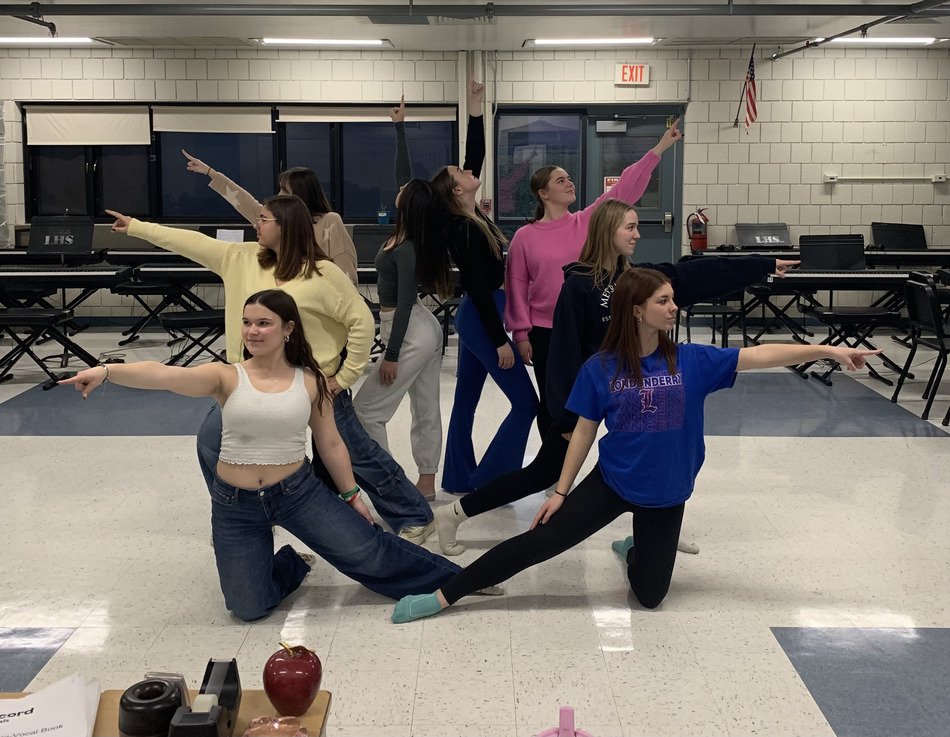Men of steel still can melt, if their hearts are burned.
His music burned hearts, set kingdoms afire, and the world ablaze.
And he did it all with silky-smooth baritone vocals and a steely blue-eyed gaze.
Many of the voice-music songs of the time never stood out from another on account of their similar sounds. With the occasional success, it seemed that every artist blended into the other and made them forgettable. Not Frank Sinatra though; he was able to systematically manufacture hit after hit, by following a very uniform set of song production standards.
One of these standards, was to conservatively diversify. He manipulated the sound of his songs enough, where it gave the tracks a fresh taste. However, he didn’t make them foreign to the mainstream jazz his listeners were accustomed to.
One of these diversified tracks was “Fly Me to the Moon:” a piano and staccato love song. The usual heavy orchestrations accompanying Sinatra songs were replaced with a high-hat heavy, gentle percussion, and a healthy dose of delicate strings and the occasional jazzing horns. Sinatra himself even took a step back in this one, opting for a more subdued, halcyon tone in the vocals.
Another one of these standards was to paint a vivid picture. With the actual instrumentation only being variable to a certain extent, the journey the listeners were to be brought through was key. Sinatra would artfully describe a magical journey in most of his songs. One where if you were to close your eyes, you’d be wherever he sung about.
An example of this immaculate imagery, is his song “Come Fly with Me.” He isn’t overbearing with his description, rather using simpler language to describe magnificent things. It’s this foiling style that makes the story of leaving your busy life behind for flying with Sinatra, one that almost seems tangible and real.
Another Sinatra staple, is a sensuality in his art. His songs were intimate and for you. It was part of his draw, to not have some plastic junk for the masses. He made his work for all of his listeners, but made it seem to be individualized for each and every one of them.
A perfect example of this is “The Way You Look Tonight.” Sinatra takes on the role of being a flirtatious serenade. He doesn’t get too specific when describing this person, he’s talking about, but he does make sure they know they look good. Masterfully manufactured to be construed to be all about you.
Sinatra also made sure his songs were simple enough to grasp after just one listen, and short enough to leave everyone wanting more. He decided not to partake in musical epics his peers were singing, and instead walked in and out in under three minutes to make sure all anyone was talking about that night was that Frank Sinatra guy.
Exemplified in his song “That’s Life,” Sinatra gets in and gets out in just around three minutes and makes sure everyone can sing his song by making the hook all of two words. Once the song brings the listeners in on the “that’s life” hook, the rest of the more “complex” (if you can even call it that) verses weave seamlessly in and can be remembered after just one listen.
Sinatra’s final must in a song, was to be able to unmagnanimously flaunt his vocals. Sinatra’s voice was just better than his peers’, and he needed to be able to show it off. No other artist had his range, breath length, and signature baritone tone to go with it. While Sinatra showed off parts of his ability in all of his songs, there is one where he puts it all out on display.
“My Way:” Frank Sinatra’s crowning achievement. The most grandiose, ostentatious, opulent work of Sinatra’s 1000-or-so released tracks. The efficacious instrumentation, going heavy on the brass, mixed with a solid balance of strings sets up for Sinatra to bring it home. He goes low with baritone, but then unleashes into a godly barrage of long-lasting, hard-hitting, downright extraordinary vocals.
Where there was good, he was great.
Where there was talented, he was masterly.
Where there was gold, he was platinum, diamond and more.
Where there was excellence, he was Frank Sinatra.











